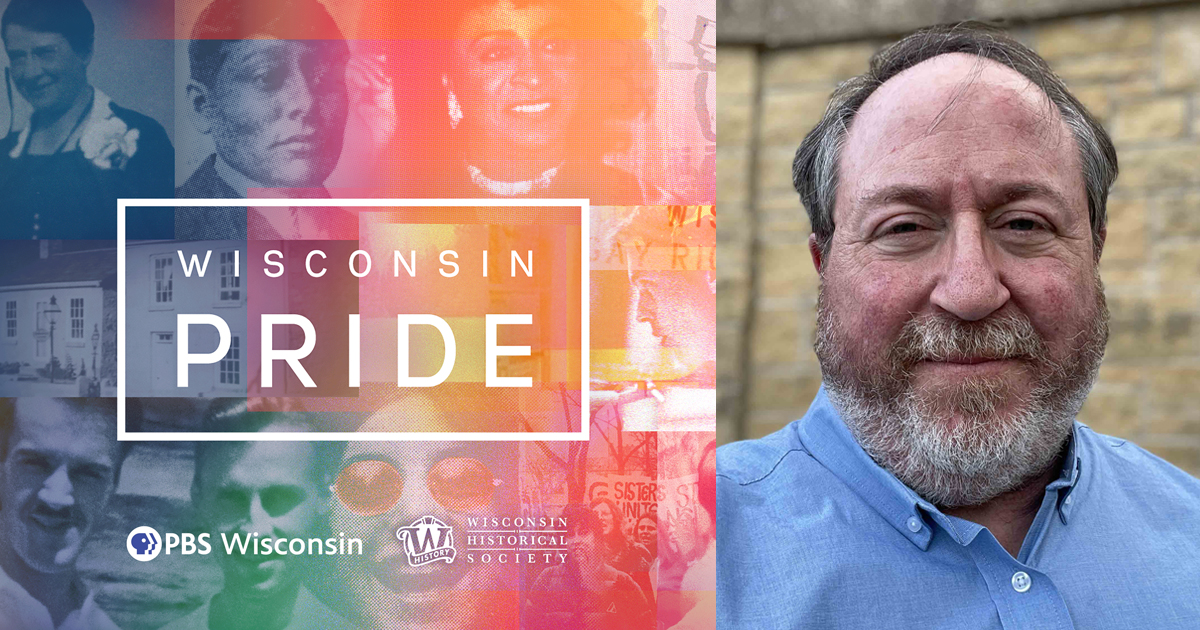Read a Q&A with ‘Wisconsin Pride’ producer Andy Soth
June 26, 2023 Leave a Comment
The new PBS Wisconsin documentary, Wisconsin Pride, brings hidden LGBTQ+ stories forward and reconsiders our state’s history in that light. A groundbreaking collaboration between PBS Wisconsin and the Wisconsin Historical Society, the film reveals Wisconsin’s history in a more inclusive scope.
This powerful two-hour documentary is available to watch at pbswisconsin.org/pride and on the free PBS App on all streaming devices.
PBS Wisconsin spoke with the film’s producer, Andy Soth, about the film’s creation.
PBS Wisconsin: What was your mindset heading into this project?
Andy Soth: A mantra that we’ve had is that “LGBTQ+ history is Wisconsin history,” and the project is not a niche product, but something that serves our entire audience who is interested in all things Wisconsin and Wisconsin history. And there was just a great story to tell that in some ways wasn’t even well known in the LGBTQ+ community but deserves to be shared with everyone in the state.
This story includes a lot of important firsts and a lot of interesting characters who, even if they were known, this part of their lives may not have been known. We didn’t really have a complete understanding of some of these people who made great contributions to the state.
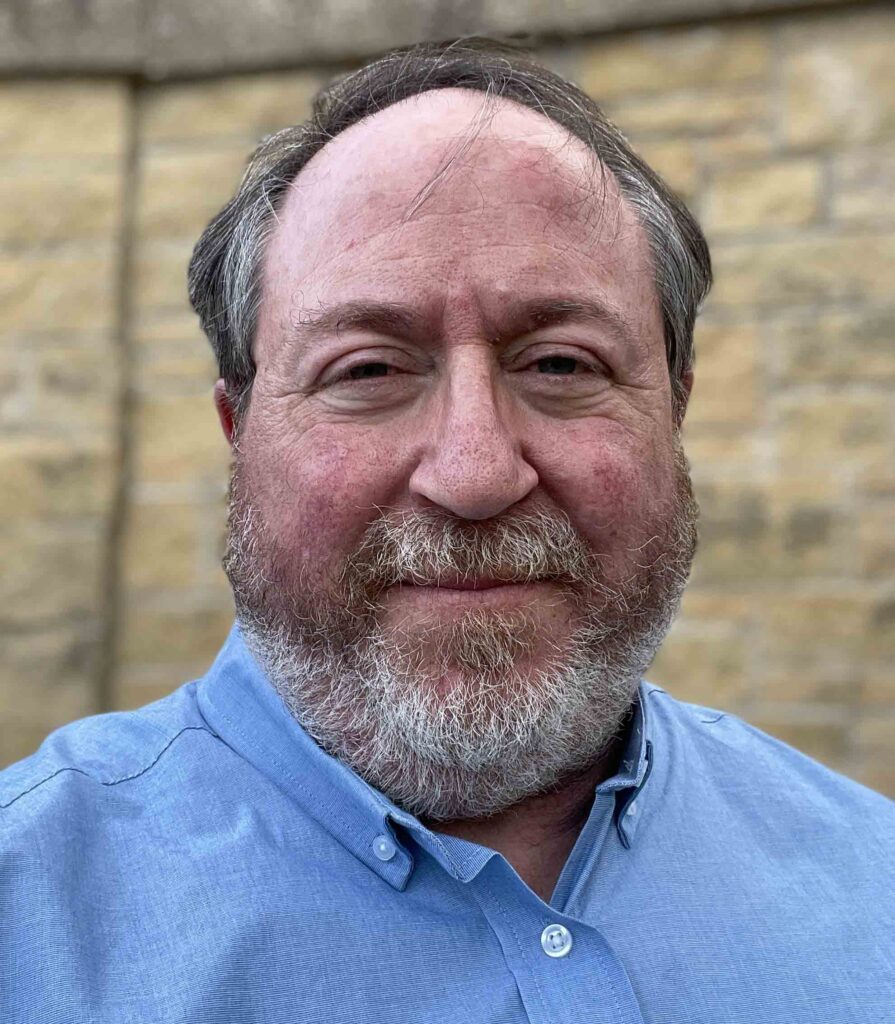
PBS Wisconsin producer Andy Soth
PBS Wisconsin: What was the biggest challenge about working on this project?
Soth: I’m used to broadly thinking about a Wisconsin audience, but I’m not coming from a personal LGBTQ+ identity. So it was critical, from the very beginning, to seek input, advice and guidance. Before I even formally pitched the project, I formed an advisory team that agreed to offer feedback throughout this project.
It helped that the team started from my own personal relationships after having lived in Madison a long time. I wasn’t just looking for, “who is the greatest scholar in this particular area,” even if I don’t know them. Those personal connections then lead to people who are doing great scholarship and great research.
Another challenge was storytelling with oftentimes a limited amount of resources, particularly visual resources. When you make a history documentary, you’re standing on the shoulders of people who, long before you, committed to documenting this history. We relied on people behind the Wisconsin LGBTQ History Project in Milwaukee, the founders of the Madison LGBTQ+ archive that’s housed in UW-Madison, and many others.
This lack of available LGBTQ+ archives isn’t by accident. It clearly shows what priorities were for archivists in the past, and that becomes part of the story.
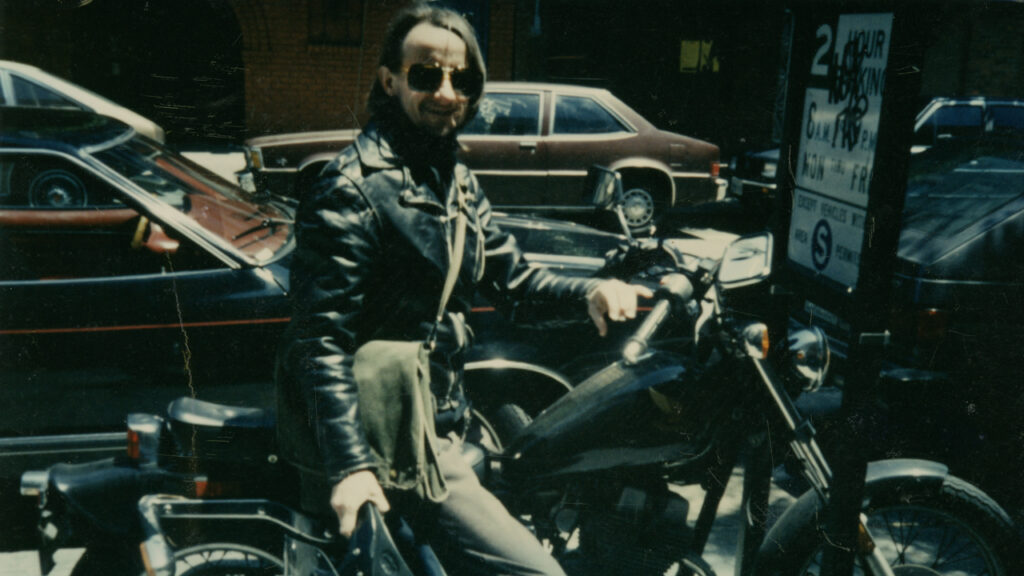
Lou Sullivan, courtesy of Flame Sullivan
PBS Wisconsin: What surprised you about working on this project?
Soth: There was research that we were able to use, and it was largely based upon individuals who were not necessarily, traditionally trained archivists. But, these are people within the LGBTQ+ community who had started collecting objects and photographs.
My understanding, at least in Madison, is that local archives started as an oral history project. And then when people heard about the project, they offered up their personal memorabilia and it became the archive. The foresight and effort of those individuals really surprised me.
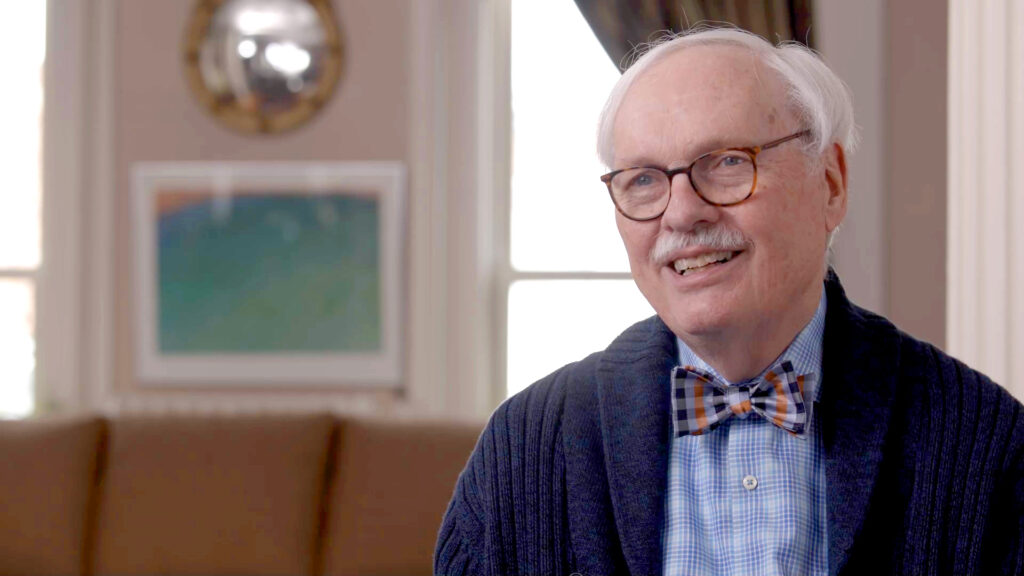
Author and historian R. Richard Wagner
PBS Wisconsin: What was it like working with Dick Wagner on the documentary?
Soth: He couldn’t have been more gracious. He met with me even when we were developing the proposal for the documentary. And then, on the two days of our interviews, he welcomed the PBS Wisconsin team into his beautiful home. We showed up at 7 a.m. and he was bright and fresh, and had prepared a coffee cake for us. His warmth and graciousness really put me at ease. Certainly, when you’re interviewing someone, you want to put them at ease. He could be sort of an intimidating figure with all his knowledge, but he shared it freely.
Because he spent years documenting LGBTQ+ history, and he wrote two history volumes about Wisconsin — “We’ve Been Here All Along” and “Coming Out, Moving Forward” — he left a tremendous trail through exhaustive footnote-ing. So even though my time with Dick was limited when we filmed the interviews, as I referenced his two volumes, he was sort of my constant companion.
I often turned to his books as a starting point in our research. For example, when I was looking for a newspaper article that was quoted, Dick’s books helped me find it. This all helped tell the story in the documentary.
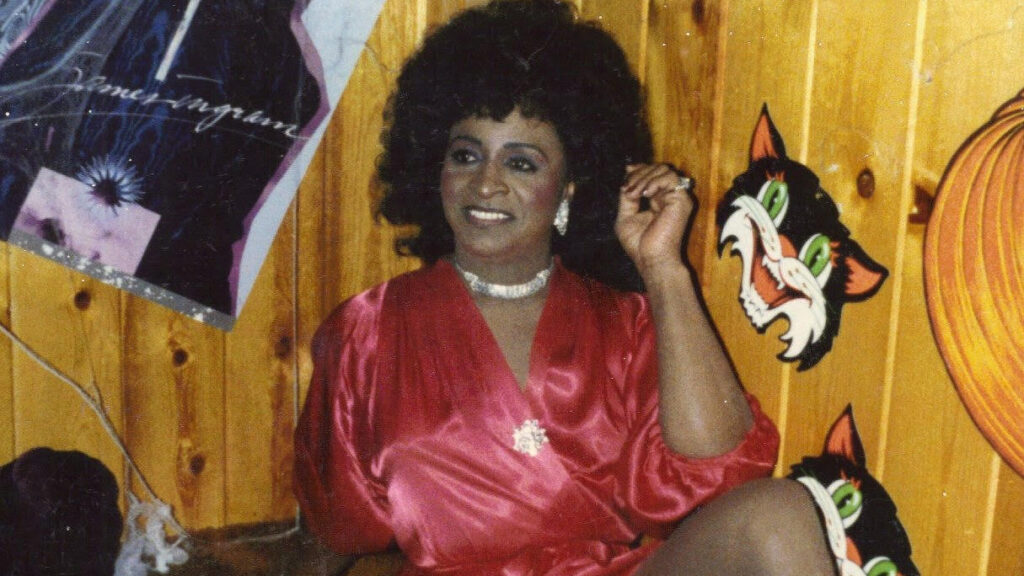
Josie Carter, courtesy of Wisconsin LGBTQ History Project
PBS Wisconsin: What do you hope people take away from the documentary?
Soth: I hope viewers take away a richer appreciation for our state’s history. LGBTQ+ history, simply put, is Wisconsin history. This is an authentically Wisconsin story. There are so many intersections with Wisconsin traditions and our LGBTQ+ citizens.
After seeing the documentary, people usually tell me who their favorite person is in the film. It is unique that viewers have connected so much with the Wisconsin Pride subjects in a way that maybe you wouldn’t after watching a political documentary, for example. You don’t always relate to those typical historical figures in such a personal way that you might with someone whose story is about overcoming resistance to how they wanted to live their life.
Whoever you are, you have to live your life authentically, and that’s regardless of whatever you might run up against. I think almost everyone can relate to that struggle to fit the mainstream model and feeling like you don’t belong. Even if your struggle is not the same, you can find solace and inspiration in people who were able to contribute to society and enjoy their lives despite the limitations that society put upon them.
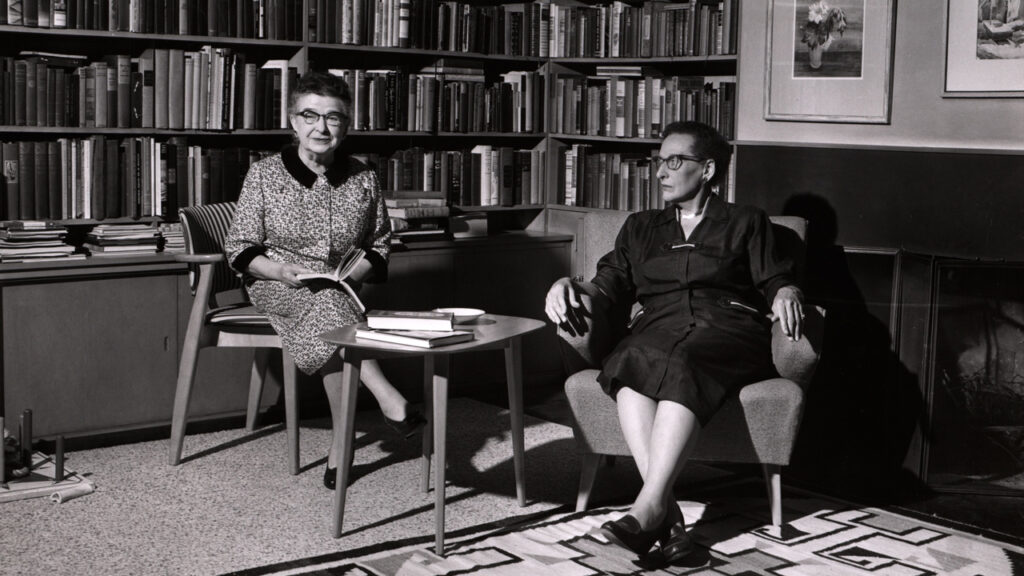
Charlotte Partridge and Miriam Frank, courtesy of University of Wisconsin-Milwaukee Archives.
PBS Wisconsin: Was there someone’s story that you felt like you especially connected with, or were especially excited to tell in the documentary?
Soth: I was an art history college major, and my father was an art historian and my daughter was an art history major. So the history of art, and also art movements, its teaching and philosophy interests me.
Knowing MIAD (Milwaukee Institute of Art and Design), but not knowing about its origins in the Layton School of Art and that amazing couple, was a fascinating story to me. These two ladies, who to all appearances are very prim and proper, but were really out there as radicals in the avant-garde and bringing that, to of all places, Milwaukee.
For someone who has spent a lot of time in museums and looking at art and thinking about how it reaches the public, that was such an interesting story and one that I felt really should be shared. Charlotte Partridge and Miriam Frank should be memorialized in Milwaukee with great honor.
 Passport
Passport




